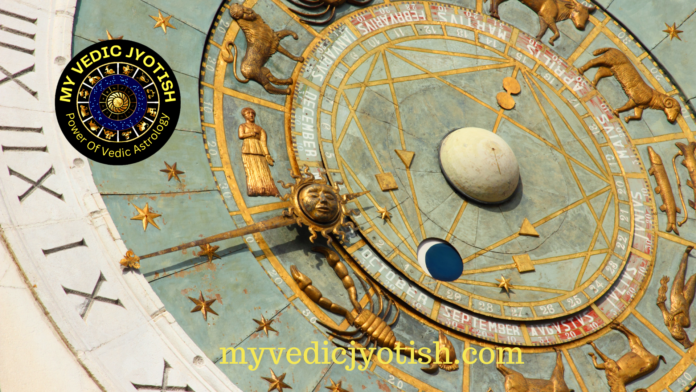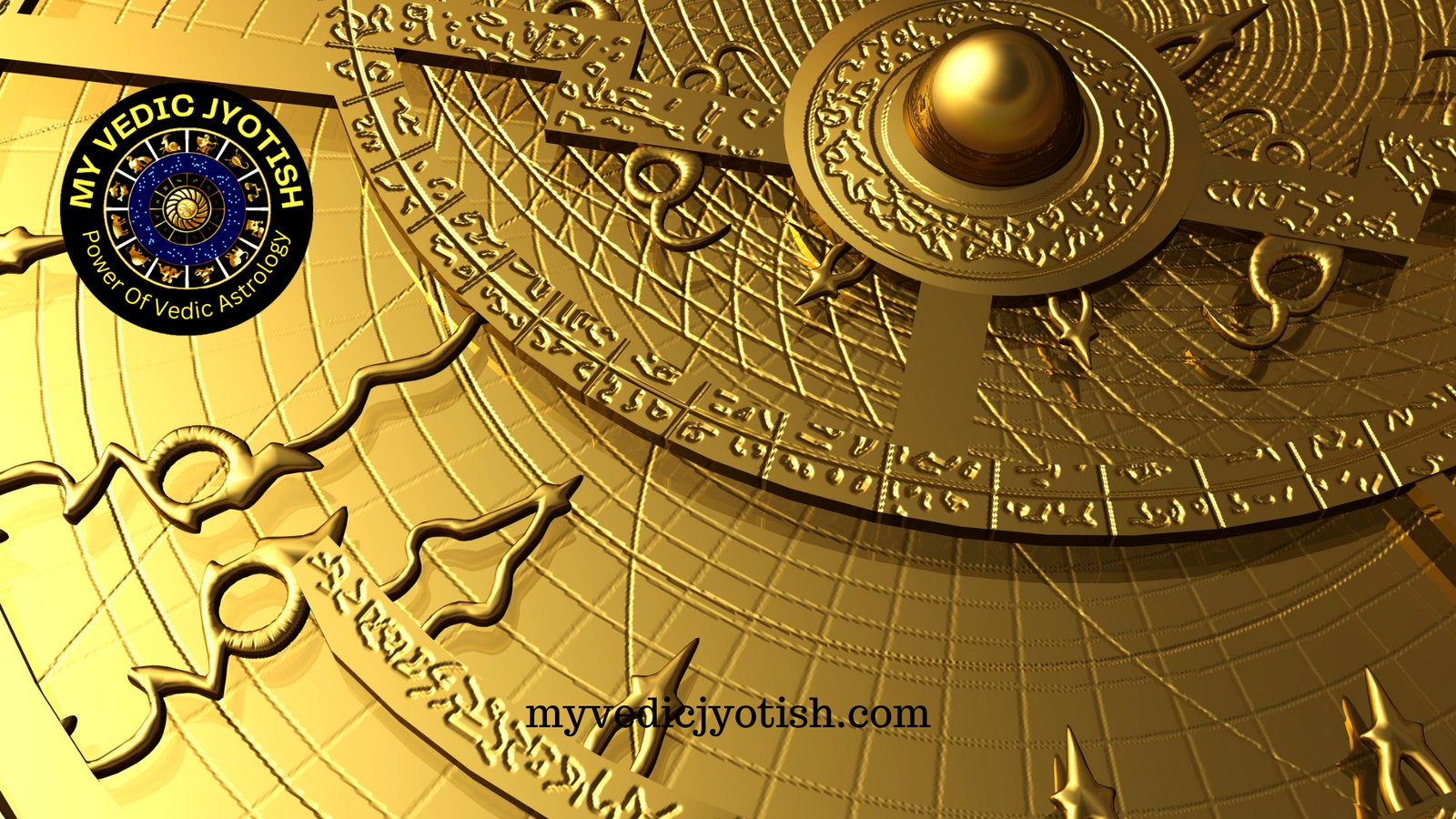The zodiac is a circle that represents the annual path of the Sun as observed from Earth. It is divided into twelve equal parts, each corresponding to a specific zodiac sign or constellation. This division is based on the Earth’s orbit around the Sun and the apparent path of the Sun in relation to the fixed stars.
The zodiac is divided into twelve equal parts of 30 degrees each, creating thirty-degree segments known as zodiac signs. These signs are named after the constellations that were historically associated with those segments. However, it’s important to note that due to the phenomenon known as the precession of the equinoxes, the zodiac signs and the actual constellations no longer align perfectly.
Each zodiac sign has its own unique qualities, characteristics, and ruling planets. The order of the zodiac signs follows a cyclical pattern, starting with Aries and ending with Pisces. This sequence reflects the changing seasons and the different energies associated with each time of the year.
Table showing all twelve zodiac signs with their corresponding degree ranges
| Sign | Degree Range |
| Aries | 0° – 30° |
| Taurus | 30° – 60° |
| Gemini | 60° – 90° |
| Cancer | 90° – 120° |
| Leo | 120° – 150° |
| Virgo | 150° – 180° |
| Libra | 180° – 210° |
| Scorpio | 210° – 240° |
| Sagittarius | 240° – 270° |
| Capricorn | 270° – 300° |
| Aquarius | 300° – 330° |
| Pisces | 330° – 360° |
The zodiac serves as a framework in astrology for understanding the influence of celestial bodies on human life and personality. The position of planets and other celestial bodies within the zodiac signs at the time of an individual’s birth forms the basis of their birth chart, also known as a natal chart. The birth chart provides insights into an individual’s personality traits, strengths, weaknesses, and life experiences.
Astrologers study the zodiac signs, their ruling planets, and the interactions between celestial bodies to interpret and make predictions about various aspects of an individual’s life, such as relationships, career, and personal growth. By understanding the zodiac as a circle divided into twelve equal parts, astrologers can analyze the specific influences of the planets and signs to provide insights and guidance.
It’s important to remember that astrology is a complex and multifaceted field, and the zodiac signs are just one aspect of the rich tapestry of astrological knowledge. A comprehensive astrological analysis involves considering various factors, including planetary aspects, house placements, and transits, to gain a deeper understanding of an individual’s unique astrological profile.



